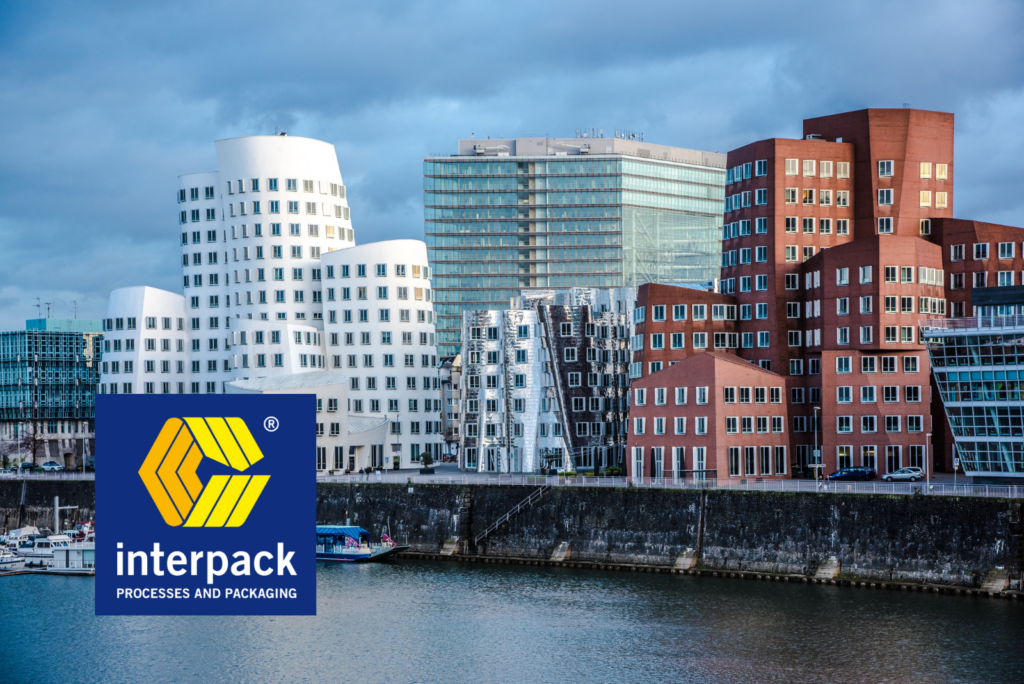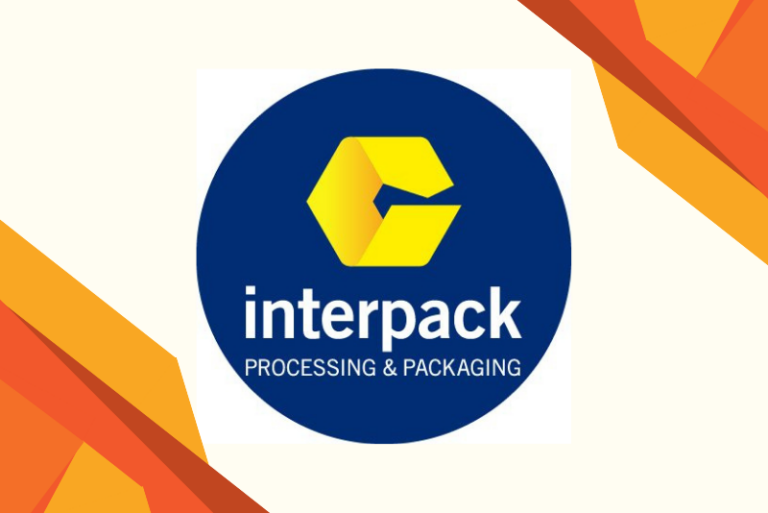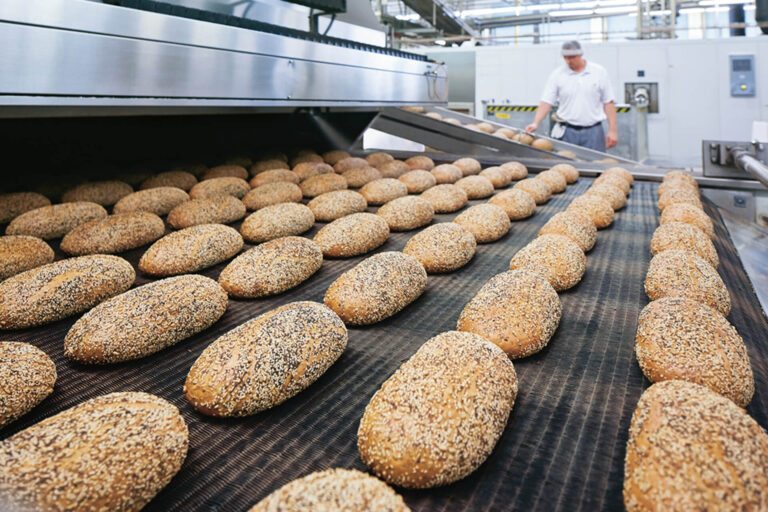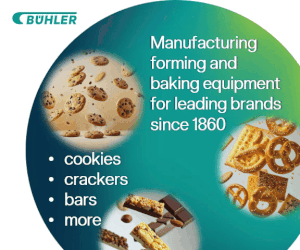DÜSSELDORF, GERMANY — In anticipation of interpack 2023, set to take place May 4-10, the exhibitor and product database for the event is now available with frequent updates on new information and products. The exhibitors’ profiles will feature information about product ranges is at the core of the database.
With approximately 2,700 exhibitors at interpack 2023, solutions and advice for attendees will be bountiful. In the exhibitor and product database, exhibitors can present their business individually and introduce their contact persons at interpack and their product innovations before each event.








